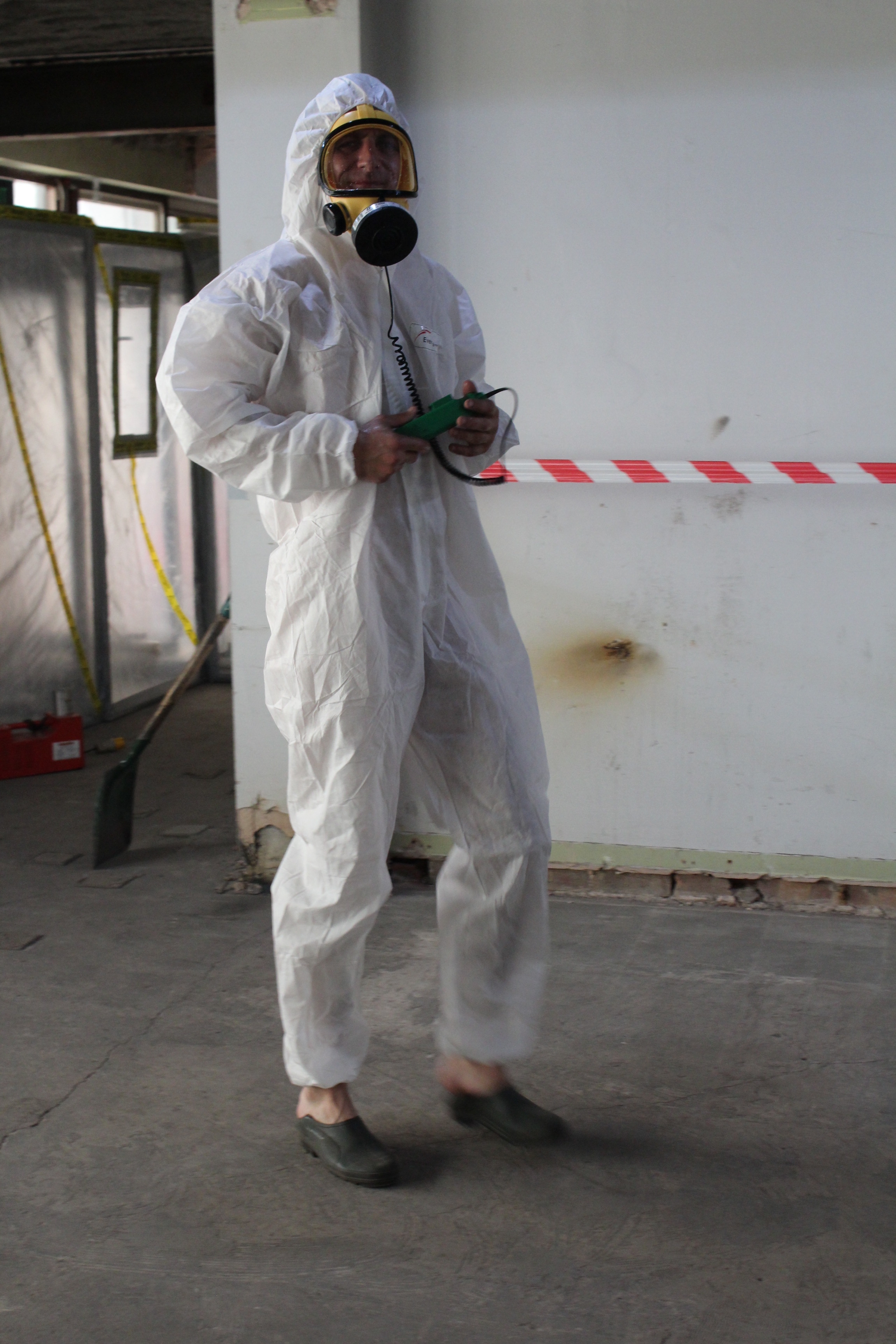
Asbestos was used for many different products and a high amount of people were exposed daily to asbestos fibres. The worst cases were those people who worked in the factories and also their family members, as they would bring the fibres home attached to their clothes and hair.
The health implications were not known for many years, although the first reported asbestos-related death was in 1906 further research was not done until later on. The ban on using asbestos as a material was not until 1999. As both Asbestosis and Mesothelioma are diseases that take many years to occur, the threats were not instantly apparent. We now understand that any exposure at all to asbestos fibres could cause internal damage that may present itself in years to come; therefore, the health and safety regulations are now extremely strict to prevent any further deaths.
Incurable Diseases caused by Asbestos Fibre Exposure
Asbestosis and Mesothelioma are two different diseases, but neither of them are curable. Asbestosis is not a cancer, but patients with asbestosis are likely to develop mesothelioma (cancerous) in the future. Both diseases are fatal, and patients unfortunately suffer severe symptoms many years after the exposure to asbestos.
The Health & Safety Executive (HSE) follows the Control of Asbestos Regulations 2012, with an approved code of practise (ACOP) to give guidance to all asbestos contractors to ensure they are complying with regulations to keep both the members of the public and the asbestos operatives safe.
Prevention is Key
Everything that can possibly be done to prevent the exposure to the deadly fibres is acted upon, so all control measures are carefully planned to avoid any excess in exposure. The correct RPE (Respiratory Protective Equipment) is worn by all workers handling asbestos containing materials and all licensed firms must provide evidence that their workers are not being exposed to a dangerous quantity.

Planning the removal method correctly can have a huge impact on the fibre levels in the air, for example using water or a wetting agent before removing dry asbestos changes the results massively as the dust does not enter the atmosphere in the same way. All of this expert knowledge comes into play when our Contracts Managers plan each job.






